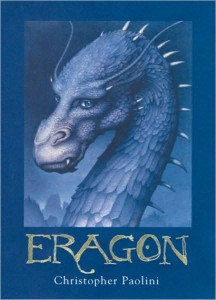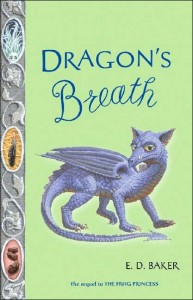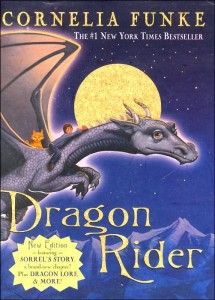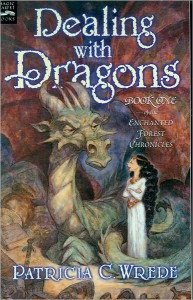 In the world of Alagaesia, a change is in the wind. Eragon, a young man living in a backwater village far from the heart of the Empire which nominally controls it. His only goal is to hunt and help provide sustenance for his uncle and cousin, the only family he’s known since his mother gave him up as an infant. Little does he know that when he finds a mysterious unbreakable blue stone in the woods, his destiny will take him far from the place he calls home. For the stone is no stone at all, but an unspeakable rare dragon’s egg, which soon hatches, bringing forth an intelligent young creature that bonds to him. But trouble is in the air as well, and when strangers come looking for Eragon and the egg, they quickly prove ruthless and evil.
In the world of Alagaesia, a change is in the wind. Eragon, a young man living in a backwater village far from the heart of the Empire which nominally controls it. His only goal is to hunt and help provide sustenance for his uncle and cousin, the only family he’s known since his mother gave him up as an infant. Little does he know that when he finds a mysterious unbreakable blue stone in the woods, his destiny will take him far from the place he calls home. For the stone is no stone at all, but an unspeakable rare dragon’s egg, which soon hatches, bringing forth an intelligent young creature that bonds to him. But trouble is in the air as well, and when strangers come looking for Eragon and the egg, they quickly prove ruthless and evil.
Soon Eragon, the dragon Saphira, and the old storyteller Brom are on the run, looking for both safety and revenge. Their journey takes them across the span of the Empire and into distant lands, where they have to unravel the threads of the past and ally themselves with a dangerous rebellion if they want to survive and ultimately destroy the evil that’s corrupted their land. But what secrets will Brom reveal, and how does Eragon play into events centuries old?
Eragon is an impressive debut from a young writer, an epic fantasy tale that evokes Tolkein and Lloyd Alexander, among others. The trappings are nothing new: dragons, elves, dwarves, a rebellion against an Empire, a young man from a poor background with a powerful destiny, grandiose battles and mighty magics. Where Paolini shines is in making it all sound fresh, told with a certain enthusiasm and respect for the material that makes it perfectly okay to go back to the basics. The Inheritance trilogy, of which this is the first book, has already received a lot of hype due to the circumstances surrounding its publication: Paolini wrote Eragon when he was sixteen, his parents helped him to publish it through their small press, and word of mouth brought the book to the attention of a major publisher. Happily, it looks like this really is a success story. I look forward to seeing the rest of the trilogy, to see if Paolini can keep up the good work.











